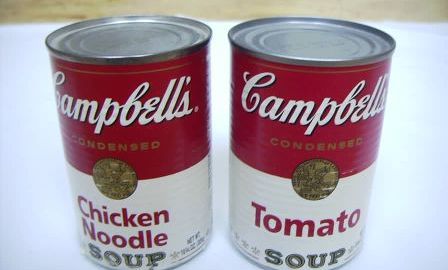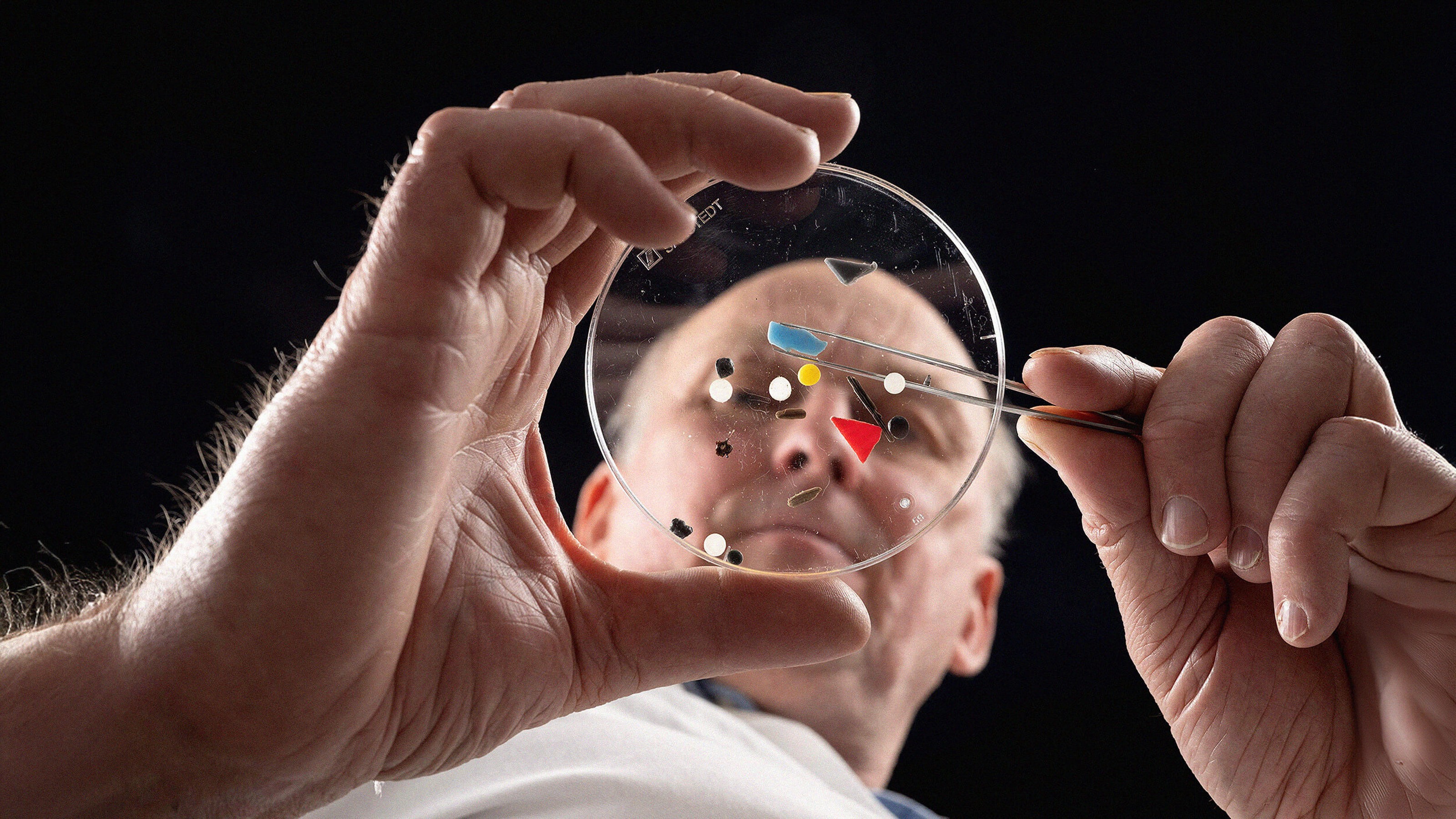But the Chemical Industry Says It’s Safe

Bisphenol A—generally known as BPA—is an organic compound used in the manufacture of plastics. It’s also what’s known as an endocrine disruptor. Because it’s chemically similar to our own hormones, it can interfere with our bodies’ development and metabolism, potentially with serious consequences. In particular, BPA appears to function as a xenoestrogen—that is, it acts like estrogen on certain parts of the human body. For that reason, some scientists worry that it may affect the brain development of fetuses and infants. It may be one factor behind the increasing incidence of breast cancer. It may affect fertility. It may also be part of the reason that girls have been hitting puberty earlier and earlier—and why we are starting to see some pre-teen girls develop breast cancer. And exposure to BPA may contribute to obesity. The science is still not clear, but research has shown that exposure to BPA affects mice at doses which are equivalent to substantially less than what the Environmental Protection Agency says is safe.
Among other things, BPA is an ingredient in both plastic baby bottles and in the lining used in canned foods and canned sodas. And it has been known to leach into the contents of those bottles and cans. Just recently a Consumer Reports study found BPA in cans of vegetables, tuna, soup, and even juice of almost every major brand. An earlier Health Canada study found it in most canned sodas as well. And it’s getting into our bloodstreams. A few years ago the Center for Disease Control found BPA in the urine of 93% of Americans—both children and adults. And of course it’s not just BPA. There are chemicals known to act as estrogens in sunscreens, shampoos, lotions, adhesives, paints, and pesticides.
As David Case explains in a superb article on BPA, “In the United States, industrial chemicals are presumed safe until proven otherwise. As a result, the vast majority of the 80,000 chemicals registered to be used in products have never undergone a government safety review. Companies are left largely to police themselves.” As Case points out, more than 90% of the more than 100 independently-funded studies of BPA has found that it has adverse effects on humans, but not one of the industry-funded studies has found anything to worry about. That’s not to say that industry studies are intentionally fraudulent. It’s simply hard to find results that make your employers unhappy. As Upton Sinclair used to say, “It is difficult to get a man to understand something, when his salary depends upon his not understanding it.”
The fact is that a lot of money depends upon not finding any problems with chemicals like BPA. Several million metric tons of BPA are produced every year. And making cans and bottles without using BPA is a bit more expensive—certainly expensive enough to cut in to a company’s profit margins. As long as the evidence isn’t clear or can be disputed, lobbyists for chemical companies will use their influence to make Congress look the other way. But where there are good theoretical and circumstantial reasons to suspect that a chemical is dangerous, we shouldn’t wait until we can find conclusive proof—especially since we still understand so little about how things affect our endocrine system. Chemicals are not innocent until proven guilty. While we wait for studies to be funded and completed, people may be getting sick and dying.
In September, the Food and Drug Administration announced that it would re-evaluate its guidelines on BPA. In the meantime, you might want to avoid eating canned food and using plastic bottles.





